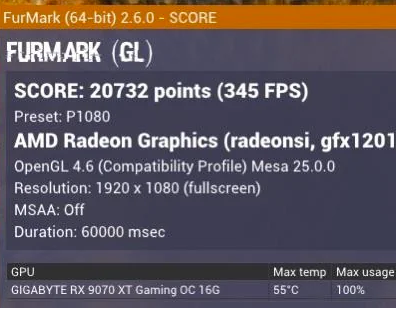Wolzard
Member
Names don't matter. The chip is just slightly less complex than Navi 31 and is using a more advanced N4 node than Navi 31. Expecting it to cost as Navi 32 is fantasy land.
The Navi 48 is literally the successor to the Navi 32.
The successor to the Navi 31 was the cancelled Navi 4C.
It doesn't matter if the chip uses more advanced nodes, there are different segments of boards, performance is always expected to increase without the price going up too, or it becomes meaningless.
If it were by that logic, a 3060 Ti should cost the same as a 2080 Super, just because it has a more advanced node and is more complex.

